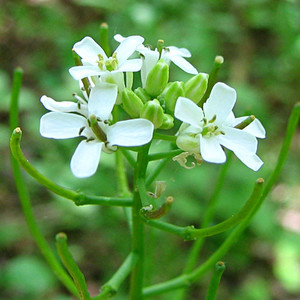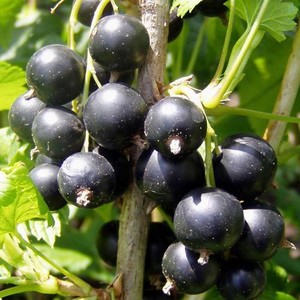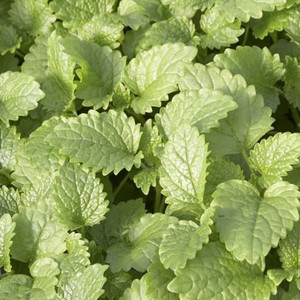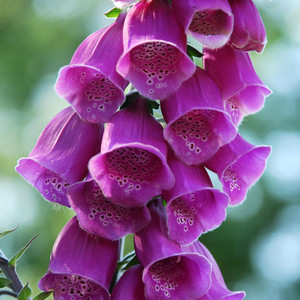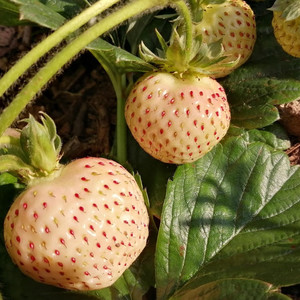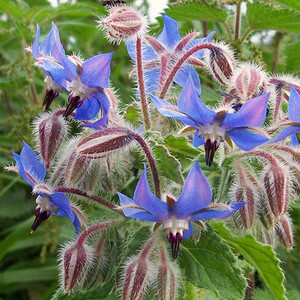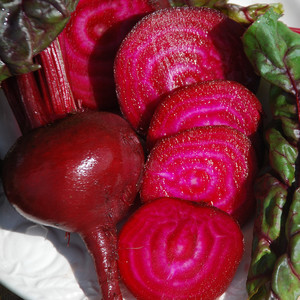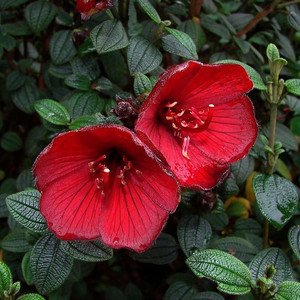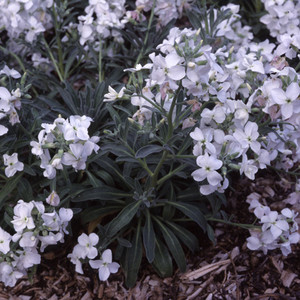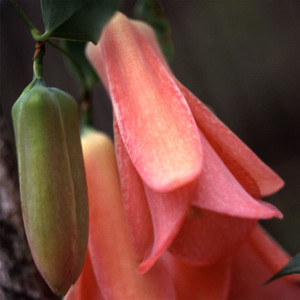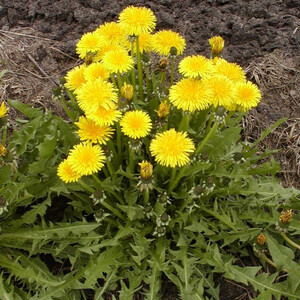-
Nothing here. Please add something or load your cart

Taraxacum Officinale (Dandelion)
In stock
Description
Taraxacum officinale, commonly known as dandelion, is a well-known perennial plant belonging to the Asteraceae family. Dandelion is characterized by a basal rosette of deeply lobed leaves. The plant produces distinctive yellow flowers, each consisting of numerous tiny ray florets. The flower heads are borne on hollow stems that rise above the foliage. After flowering, dandelions form the iconic spherical seed head known as a "dandelion clock" or "parachute ball." Each seed is attached to a feathery pappus, allowing it to be carried by the wind. Dandelions typically bloom in spring and early summer, although they can be found in flower at various times throughout the year. The taproot of dandelion is long, fleshy, and deep, often reaching deep into the soil. Dandelion is known for its culinary uses. The young leaves can be harvested and used in salads, and the flowers can be used to make dandelion wine or for various culinary purposes. It also has a history of traditional medicinal uses. It is believed to have diuretic properties and has been used in herbal remedies for various purposes. Dandelions are highly adaptable and can thrive in a variety of environments, including lawns, gardens, and disturbed areas. While some view dandelions as weeds, others appreciate their bright flowers and recognize their ecological importance. The seeds provide food for birds, and the flowers are attractive to pollinators.
Sowing Advice
Sow immediately at any time onto preferably a soil-based compost, covering with fine grit to approximately their own depth. Germination MAY be quicker if kept at 15 to 20 degrees C. but many seeds WILL NOT come up the year they are sown, needing winter chilling after sowing, and ONLY come up with natural spring germination.
Key Facts
Family:Asteraceae
Common name:Dandelion
Classification:Hardy perennial
Height:5-20cm
Packet Content:400 (Approx)





